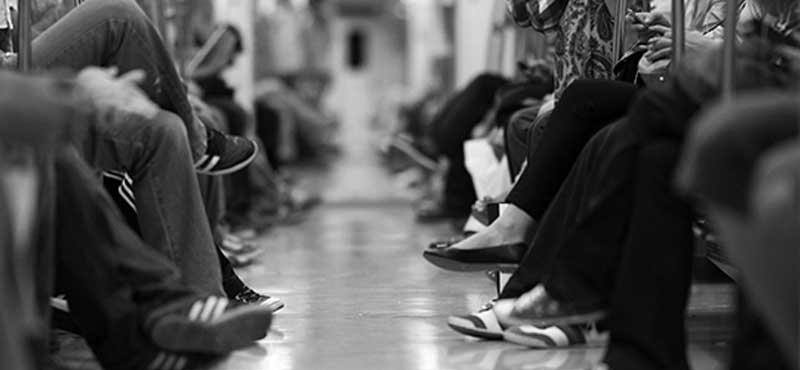
A hammertoe is formed from an abnormal balance of the muscles in the toes. This causes increased pressures on the tendons and joints of the toe, leading to the contracture or bending of the toe at the first joint of the digit, called the proximal interphalangeal joint. This bending causes the toe to appear like an upside-down V when looked at from the side. Any toe can be involved, but the condition usually affects the second through fifth toes, known as the lesser digits.
When M.C. Hammer sang his now infamous song, he wasn’t talking about your feet. But hammertoes, a condition seen frequently in both men and women, are nothing to sing about and can keep those who suffer from the condition from participating in normal activities.
A visit to your podiatrist can be the first step to relief. The podiatrist will first determine what type of hammertoes you have – either flexible hammertoes, which are less serious because they can be diagnosed and treated while still in the developmental state, or rigid hammertoes, which are more developed and more serious. Rigid hammertoes can be seen in patients who wait too long to seek professional treatment for example, or in patients with severe arthritis. The tendons in a rigid hammertoe become tight and the joint misaligned and immobile, making surgery the usual course of treatment.
The treatment options vary with the type and severity of each hammertoe, although identifying the deformity early in its development is important to avoid surgery. Your podiatric physician will examine and X-ray the affected area and recommend a treatment plan specific to your condition. Your doctor may recommend:
- Padding and Taping – Often this is the first step in a treatment plan. Padding the hammertoe prominence minimizes pain and allows you to continue a normal, active life. Taping may change the imbalance around the toes and thus relieve the stress and pain.
- Medication – Anti-inflammatory drugs and cortisone injec- tions can be prescribed to ease acute pain and inflammation caused by the joint deformity.
- Orthotic Devices – Custom shoe inserts made by your podia- trist may be useful in controlling foot function. An orthotic device may reduce symptoms and prevent the worsening of the hammertoe deformity. If these treatments are not effective, several surgical procedures are also available to the podiatric physician. For less severe deformities, the surgery will remove the bony prominence and restore normal alignment of the toe joint, thus relieving pain. Severe hammertoes, which are not fully reducible, may require more complex surgical procedures. Hammertoes are common and don’t need to be a pain. Since we all know that our feet aren’t supposed to hurt, finding out more about why they do can make us more likely to want to sing – and dance.
Source: Footprints, APMA Newsletter
